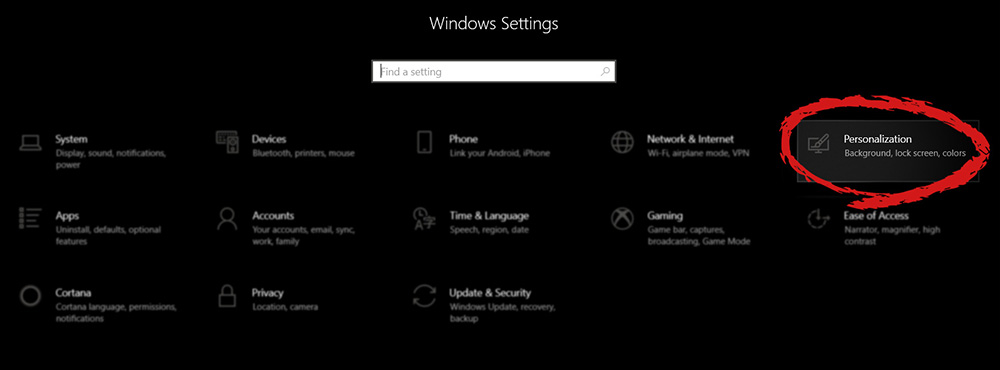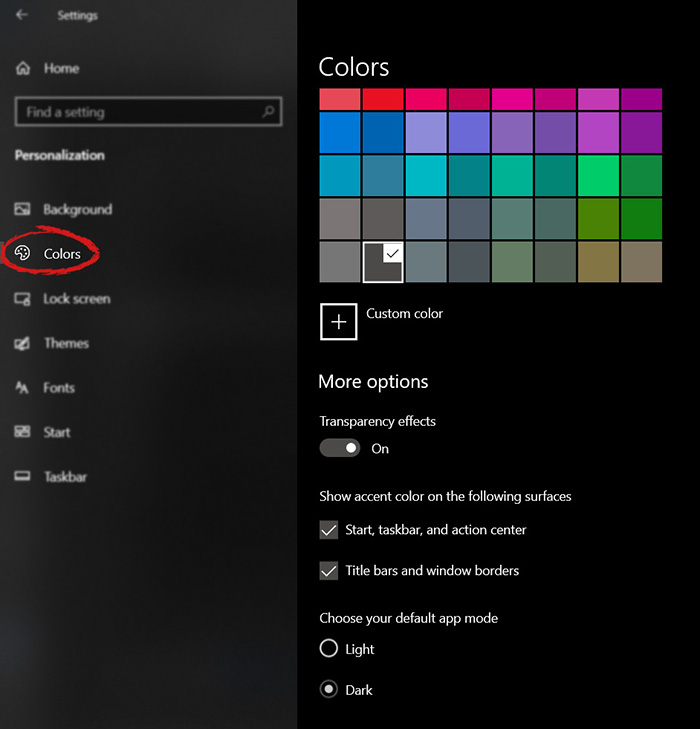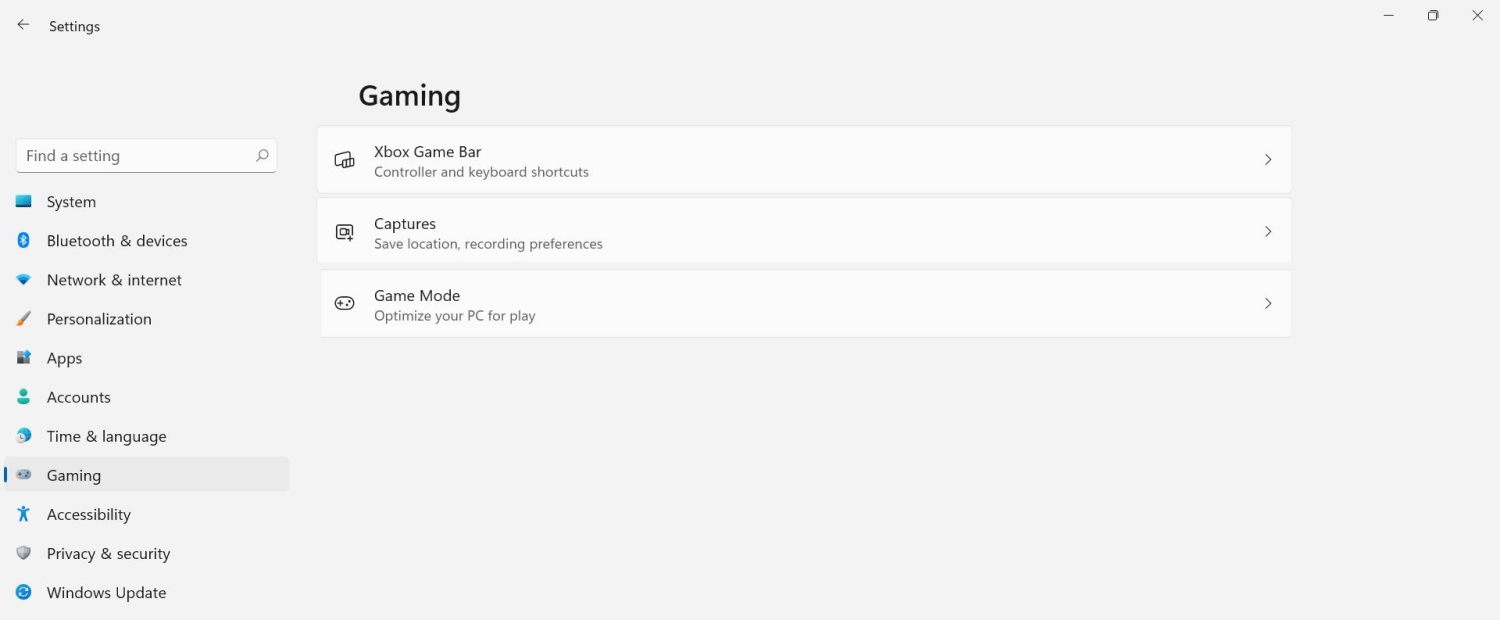- “No bootable device – insert boot disk and press any key”
- “No Boot Device Found. Press any key to reboot the machine”
- “Boot Device Not Found. Please install an operating system on your hard disk. Hard Disk (3FO)”
- “No boot device is available”
The most common reasons for 3F0 error to occur is:
- Using the unbootable device or disk to boot from.
- If the bootable hard drive you are using might have corrupted or damaged somehow.
- MBR or boot sector is damaged on the bootable hard drive.
- If your system has gone through a virus or malware attack.
- The wrong boot order in the BIOS.
- Hard disk connection problem.
- System files or boot files unknowingly damaged.
- Corrupt hard drive partitions.
1: Change Boot Order
2: Perform a Hard Reset
Performing hard reset can often solve issues, to perform a hard reset do the following:
- Turn off the computer and unplug the power adapter. If there is a removable battery, it should also be removed.
- Then disconnect all peripherals, including the removable hard drive, etc.
- Press and hold the power button for 15 seconds to drain all remaining power.
- Insert the battery, and then re-plug the AC adapter into the laptop.
- Press the power button to turn on the computer.
- Once the computer starts up properly and the startup menu appears, use the arrow keys to select “Start Windows normally” and then press Enter.
3: Test Hard Drive Using HP Diagnostic Tool
Use the built-in tool in the Hp device to solve the issue:
- Turn on your computer and keep pressing the Esc key until the menu appears on the screen.
- Next, press the F2 key.
- Choose the Components Tests option from the HP PC Hardware Diagnostics menu.
- Select Hard Drive from the Component Tests menu.
- Click on the Quick Test, then click on the Run once button.
- If there are still any issues with your hard drive, then run the Extensive Test.
4: Restore BIOS Default Settings
- Press the Power button to start the computer, and immediately after this, repeatedly press the F10 key to enter the BIOS setup menu.
- To load and restore BIOS Setup Default settings, press F9 on the BIOS setup menu.
- Once loaded, press F10 to Save and Exit.
- Select yes, and then press Enter when it says Exit Saving Changes.
5: Reconnect Your Hard Drive
- Turn the computer off and remove the power cable.
- If you have a removable battery, take it out
- Disconnect your hard drive and then connect it back.
- Reassemble your computer and turn the computer on to see if it fixed the issue.
6: Fix and Rebuild Damaged MBR
- Boot from the original installation DVD (or the recovery USB)
- At the Welcome screen, click Repair your computer.
- Choose Troubleshoot.
- Choose Command Prompt.
- When the Command Prompt loads, type the following commands: bootrec /FixMbr bootrec /FixBoot bootrec /ScanOs bootrec /RebuildBcd.
7: Fix Operating System
- Prepare a Windows installation disc, CD/DVD or USB flash drive and connect it to your PC.
- During the installation process, launch Command Prompt.
- In Windows 7, under the System Recovery Options tab, click Startup Repair.
- In Windows 8 and Windows 10, click Repair your computer, then select Troubleshoot > Advanced options > Automatic Repair (Windows 8) or Startup Repair (Windows 10).



 When the personalization setting opens go-to color tab on left and scroll down until you find 2 checkboxes under "show accent color on the following surfaces:"
When the personalization setting opens go-to color tab on left and scroll down until you find 2 checkboxes under "show accent color on the following surfaces:"
 check ones you wish to apply the effect to and you are done. Now your START menu and/or title bars are using the color scheme of your choice.
check ones you wish to apply the effect to and you are done. Now your START menu and/or title bars are using the color scheme of your choice.  The game mode is active at all times and usually, everything works great but in some instances, it can sadly cause some performance issues. If you are one of these unlucky people where game mode is not working as supposed to do, don’t panic, we have a quick guide for you on how to turn it off.
The game mode is active at all times and usually, everything works great but in some instances, it can sadly cause some performance issues. If you are one of these unlucky people where game mode is not working as supposed to do, don’t panic, we have a quick guide for you on how to turn it off.
